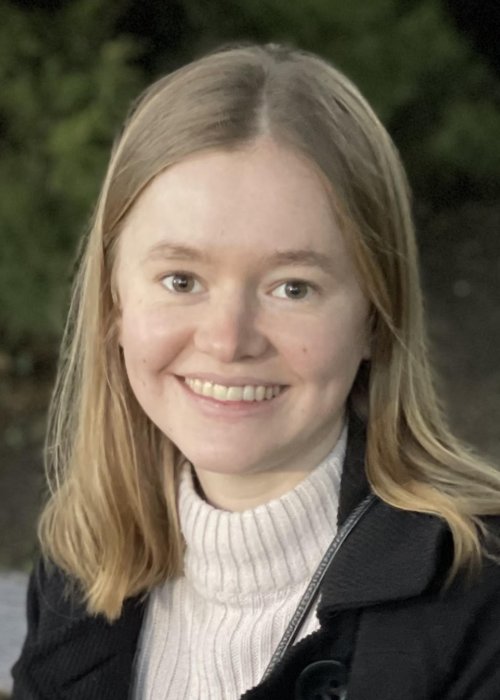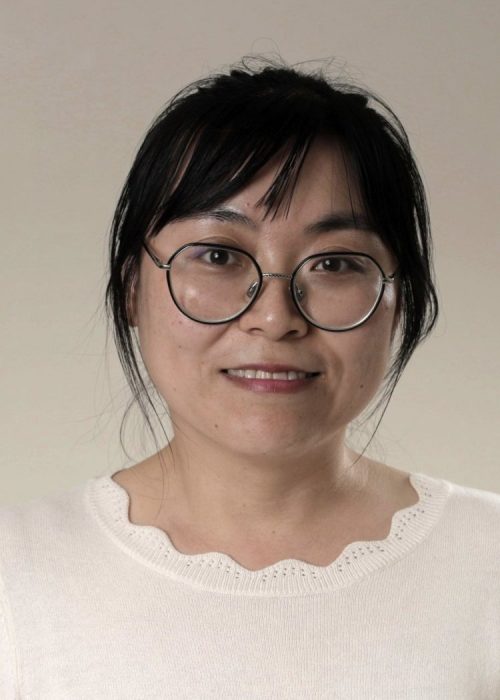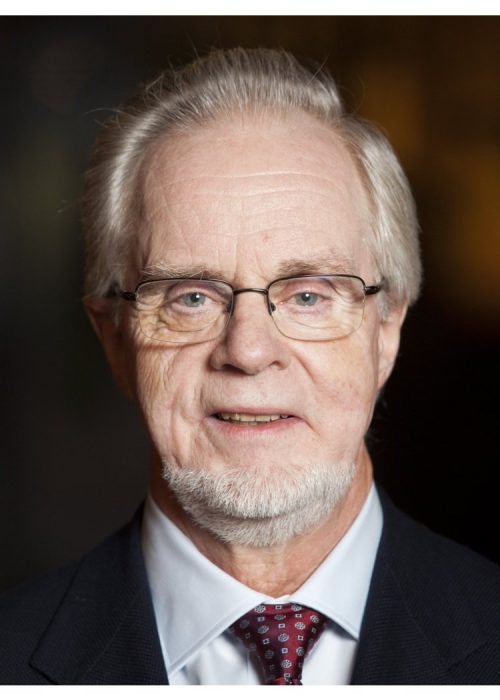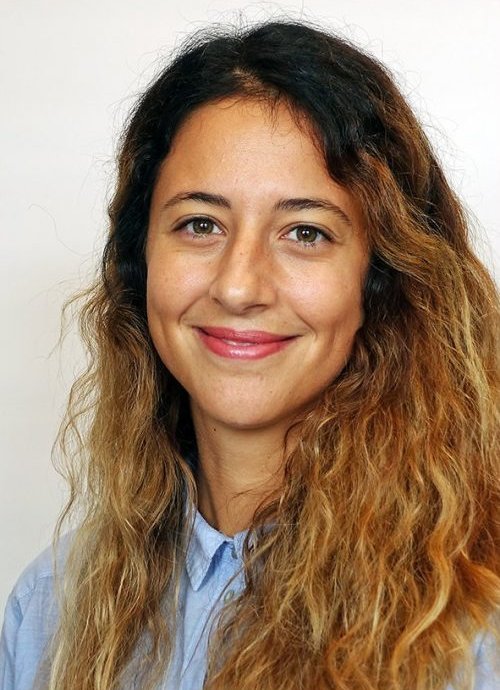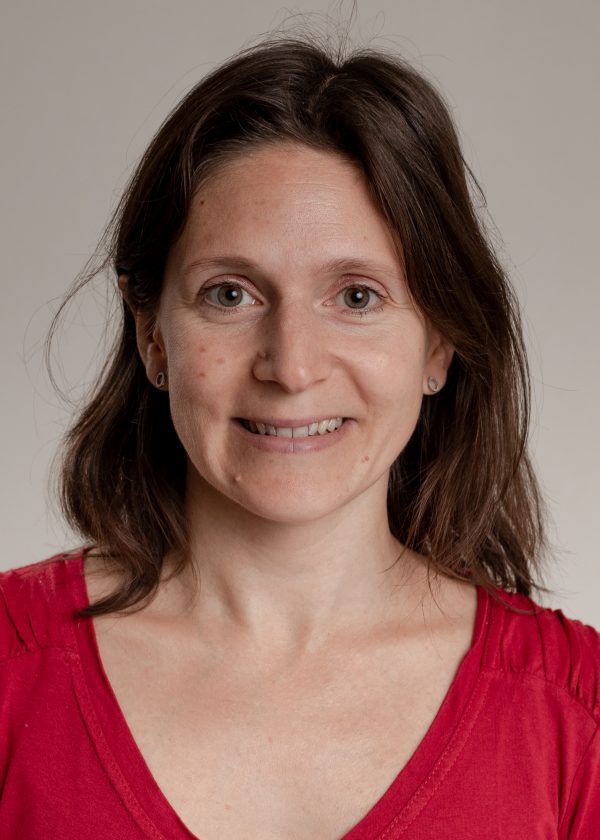Cardiac function is tightly controlled by the contraction and relaxation of these cells; processes which are in turn reliant on carefully controlled calcium homeostasis. Indeed, cardiac dysfunction during diseases such as heart failure and atrial fibrillation can often be traced to abnormal cellular calcium handling.
Our research is aimed at understanding these abnormalities, with focus on the structures and proteins that control calcium cycling. How are these structures and proteins put together during development, and what causes them to disassemble during disease? What is the consequence of such alterations? To examine these questions, we combine molecular biology and electrophysiology techniques with advanced 3D imaging (super-resolution, confocal, and electron microscopy).
Ultimately, we strive to mechanistically link subcellular structure and calcium handling to whole-heart function, and to reverse dysfunction during disease for the benefit of patients.



Group leader William (Bill) Louch is a Professor of Medicine and Head of the Core Facility for Advanced Light Microscopy. He has recently held a Consolidator Grant from the European Research Council, and currently holds a Researcher Grant from the Norwegian Research Council. His group’s research is focused on understanding the structure and function cardiac muscle cells.


